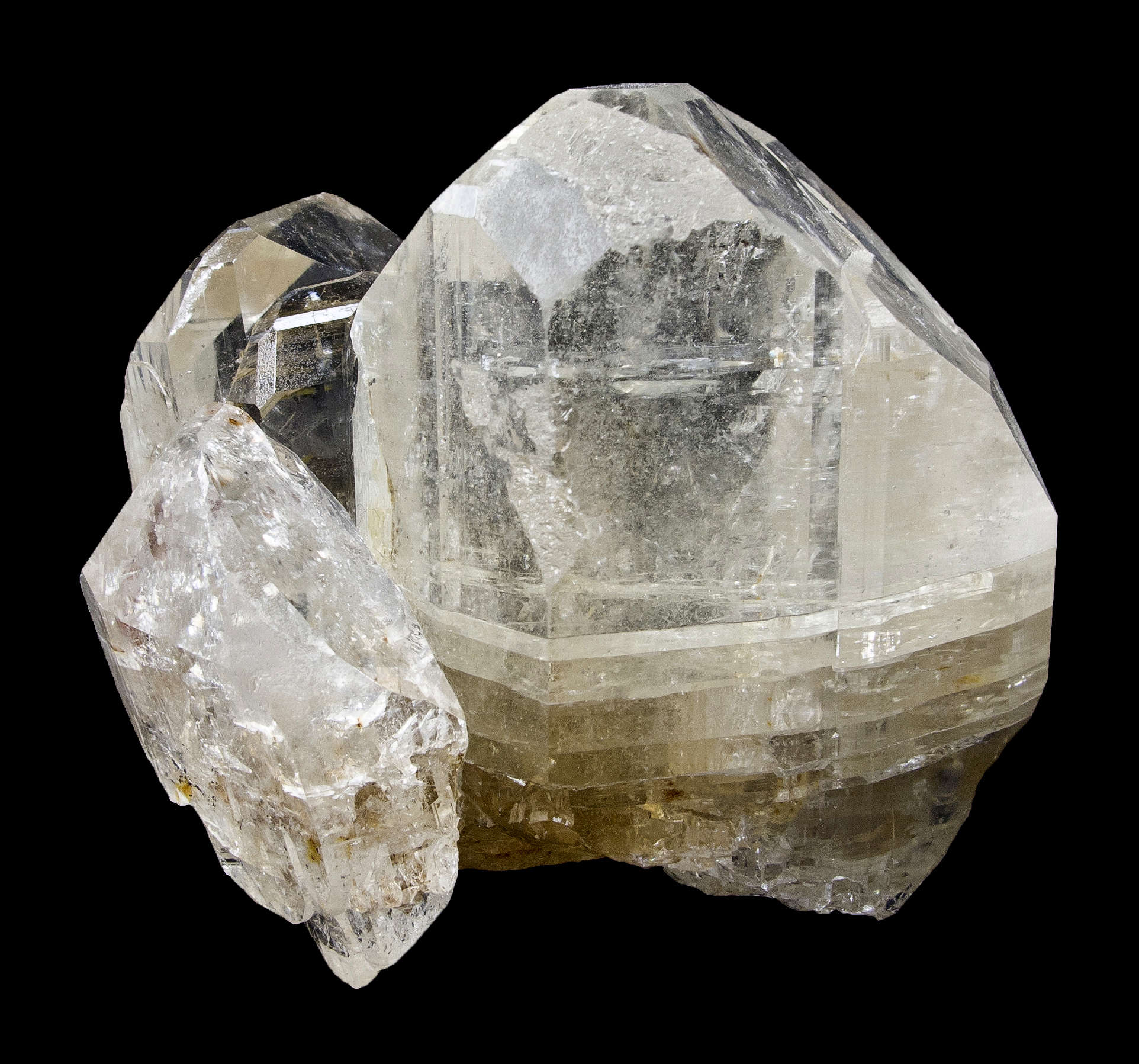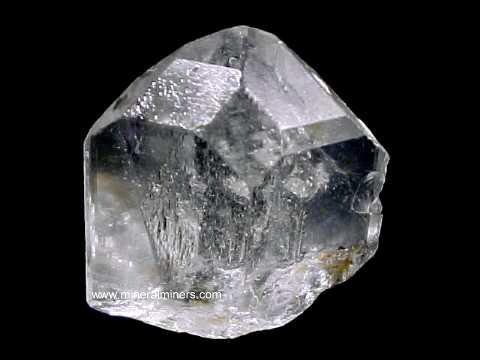G'day AtomRat, cleavage and fracture can be a pain to figure out when starting off. Still getting the hang of it all myself.
Here is something that may help it make a bit more sense:
http://academic.brooklyn.cuny.edu/geology/grocha/mineral/cleavage.html http://www.minerals.net/resource/property/cleavage_fracture_parting.aspx
[video=480,360]https://www.youtube.com/watch?v=GOVgOxRAkO0[/video]
In the next link, about halfway down the page is an example of topaz cleavage in a pit of a tumbled white topaz http://aussielapidaryforum.com/forum/index.php?topic=1804.0
Internet comments can be a fickle thing, they can easily be read wrongly or misconstrued but some are just not nice


Here is something that may help it make a bit more sense:
http://academic.brooklyn.cuny.edu/geology/grocha/mineral/cleavage.html http://www.minerals.net/resource/property/cleavage_fracture_parting.aspx
[video=480,360]https://www.youtube.com/watch?v=GOVgOxRAkO0[/video]
In the next link, about halfway down the page is an example of topaz cleavage in a pit of a tumbled white topaz http://aussielapidaryforum.com/forum/index.php?topic=1804.0
Internet comments can be a fickle thing, they can easily be read wrongly or misconstrued but some are just not nice







